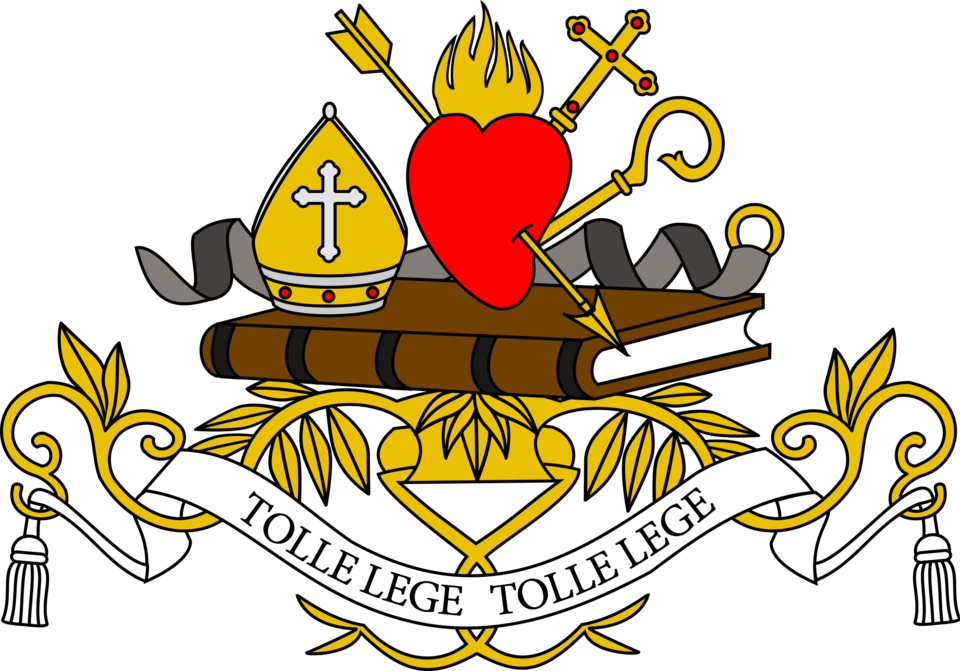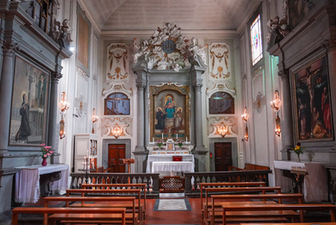
The Church of the Holy Cross – History and Beauty
The Church of the Holy Cross in Figline is both a house of prayer and a jewel of art and history. Founded in 1542 alongside the monastery by the Confraternity of the Holy Cross, it was created to serve the newly established community of Augustinian Sisters from the Florentine convent of Santa Maria di Candeli. Over the centuries, it has evolved through expansions, renovations, and artistic embellishments, each layer adding to its unique charm.
From Foundation to Flourishing
The earliest phase of the church’s history saw the construction of the main altar in 1592, along with the creation of areas reserved exclusively for the cloistered nuns. In the 17th century, further work shaped the church’s character: in 1674, the Confraternity funded an expansion, and in 1684, Sisters Maria Costanza Ermini and Maria Teresa Bracci built the right-hand side altar dedicated to the Most Holy Crucifix.
A major transformation came in 1744, when the church underwent a complete renewal. The three pietra serena altars were formally dedicated: the main altar to the Transit of Saint Joseph, the right-hand altar to the Most Holy Crucifix, and the left-hand altar to Saint Augustine, which was once adorned with a painting of the saint’s baptism, now preserved in the convent. The renovation also enriched the interior with refined stucco decoration and new flooring.
Architecture and Interior Splendor
Visitors are welcomed by a late 16th-century colonnaded atrium, leading into a single nave lined with three side altars in pietra serena. The nave’s current appearance is the result of an 18th-century renovation completed in 1794, as recorded on a plaque on the counter-façade.
The style reflects the elegance of Florentine Baroque, inspired by churches such as San Gaetano and San Filippo Neri. Stucco decorations frame the space with a harmonious blend of grace and grandeur. On the main altar, the figures of Faith and Charity flank the monogram of Christ, drawing the eye toward the 1942 painting by Gaetano Ciampalini.
Among the church’s most treasured works is a late 16th-century Crucifixion, modeled after a design by Michelangelo and painted by Marcello Venusti. This is the only artwork that predates the Baroque renovations. Another notable piece is a depiction of Saint Cecilia, attributed to Giovanni Camillo Sagrestani, while the vault is graced by a fresco of the Madonna of Consolation, possibly by the same hand or his school.
A Sacred Space Through the Centuries
The Church of the Holy Cross has withstood the passing of centuries, including the disruptions of the Napoleonic suppression, after which it was restored in 1856. Today, it remains a living witness to nearly 500 years of faith, art, and Augustinian tradition.
Its walls speak of the prayers of generations, its altars bear the marks of devotion, and its artworks preserve the skill and faith of the artists who adorned it. For those who enter, it offers not only a glimpse into the past, but also a serene space for contemplation and encounter with God.








